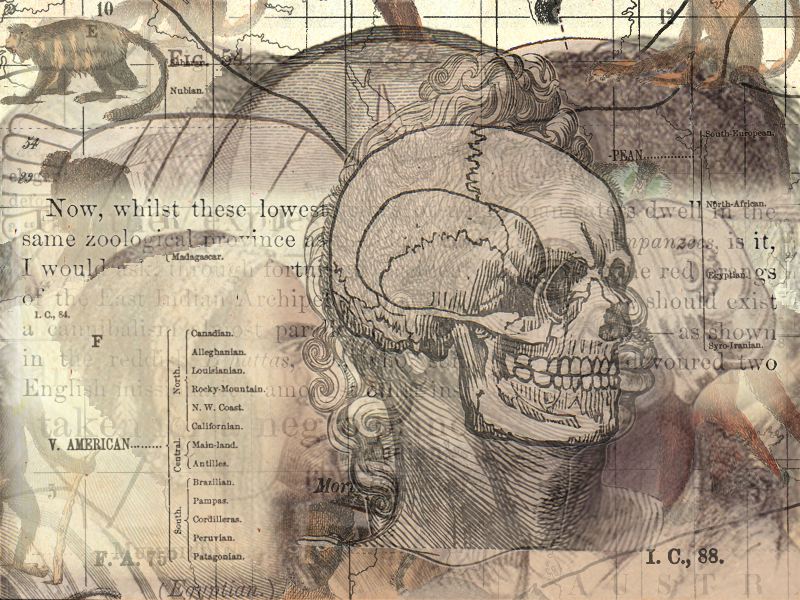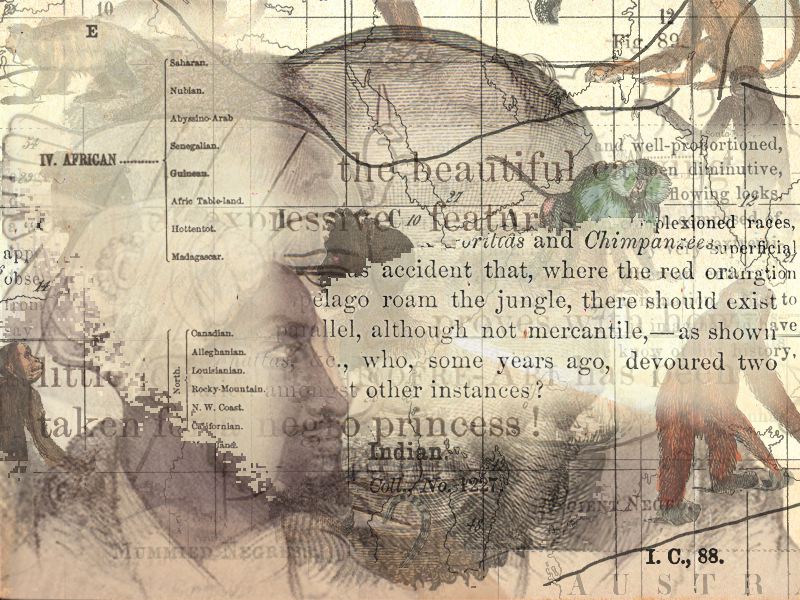
While the success of my earlier work, Genesis, far exceeded my expectations, the piece’s reliance on a mouse for its interface felt incomplete. I wanted there to be a connection between the content and how the viewer interacted with it. I wanted the new interface to be tactile, but I wasn’t sure how to go about getting the necessary sensor data. The program I’d created for Genesis used alpha masking to reveal images with the mouse (effectively using the mouse to draw marks on the screen that would then be translated into portions of revealed images), and I realized a similar effect could be achieved with a webcam and a bright light source. By placing material between the camera and the light source I was able to create an interface that viewers could manipulate by selectively exposing and covering the camera’s field of view.





As the interface was taking shape, I started looking for content that could have an effective dialogue with it. Since digging and covering gestures figured so prominently with the interface, I found myself gravitating towards the notion of buried bodies. During my research for Genesis I came across some images from “Types of Mankind”, a mid-19th century text infamous for its portrayal of human skulls from various racial and ethnic groups in an attempt to demonstrate the inherent biological superiority of western Europeans. The book is frequently cited as a prime example of scientific racism, and I quickly became interested in the illustrations that presented grotesque racial caricature as scientific fact.
The challenge was that I could find very few illustrations from “Types of Mankind” or it’s follow-up, “Indigenous Races of the Earth”, online. I ended up tracking down copies of both books at Dartmouth College and the New York Public Library (respectively). In both cases I was fascinated by how easily I could access books that were well over 150 years old, and could even scan them with my portable document scanner. With both books I was the first person to request access in decades, and I was fascinated by the extent to which both texts had been effectively buried by the two institutions. It was this realization that gave Exhumation its title.
At it’s core, Exhumation is about exposing ideas that the scientific community would like to see buried and forgotten. While the ideas expressed in “Types of Mankind” and “Indigenous Races of the Earth” are abhorrent, it is critical to recognize that the ideas (and images) presented in the texts were once accepted by the institutions that now keep them at arm’s length. In this sense Exhumation is intended to serve as a kind of warning. Even our most enlightened institutions can be safe havens for bigotry, and an individual’s intelligence does not make them immune to hatred. Shame may compel us to burry past mistakes and move on, but it is only through exposing our failings to the light of day that we can truly learn, grow, and move on.